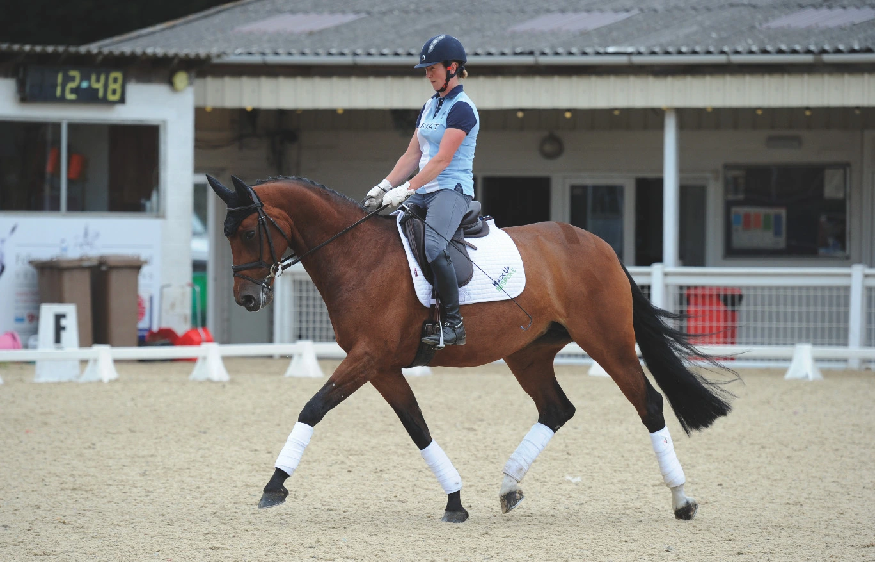Introduction
According to Matt Davies Harmony Communities, broken legs in horses are very uncommon. That’s because when a horse breaks a leg at racecourses or in sports, they are usually put down very soon. Let’s check out your options when your horse breaks a leg.
The Details
- Broken leg complexities – A broken leg is a trivial problem for humans that can be patched up and is never life-threatening. Smaller animals like dogs can even move around on one leg or have a wheelchair attached to themselves for easy mobility. However, horses are very different. While it’s not set in stone that horses with broken legs have to be put down, euthanasia is the choice that’s more frequent for horses with broken legs.
Horses are big, powerful, and fast animals. They weigh a lot and that’s why it’s very difficult to find implants that are strong enough to support the limb bones and withstand the excess weight while the horse goes through the healing process. Moreover, unlike humans, horses don’t understand that a broken leg needs to be immobilized for it to heal. It’s very difficult, dangerous, and inhumane to try to force the horse to keep one leg immobilized.
- Fracture biology – Unlike humans and other smaller animals who have quite a lot of muscle and other tissues attached to the leg, horses mostly have bones with no muscle and a bit of connective tissue, ligaments, blood vessels, and nerve endings. That’s why when they break a leg, there’s nothing to support the broken bones while the horse is recovering. A lot of fractures aren’t simple either. Instead of clean breaks, shattering of the bone into the displacement of the fragments is more common. Restoring it to the point of supporting around 250 to 500 pounds of its distributed body weight during recovery is extremely challenging.
- Rest and care – If the breaks are simple and clean on the coffin bone without any displaced fragments, the horse can be treated with a corrective shoe while the fracture heals. If the bone is chipped anywhere, fragments need to be removed with arthroscopy. After that, the horse needs plenty of rest till it gets assessed for its capability of working at the farm or racing on the tracks.
- Surgery – For moderate fractures where the bones have become unstable or affected soft tissue structures, surgery is necessary. Plates, screws, and pins are used for stabilizing the fracture. Medical technology has advanced far enough to allow for standing surgeries with local anesthesia. However, surgery is just the beginning of the treatment. The horse needs to go through a very long period of sustained rest and even shockwave therapy to make a successful recovery.
Conclusion
Matt Davies Harmony Communities suggests that you make your decision after carefully assessing the extent of the damage. You may be able to save the horse if it has a minor or moderate fracture. If it’s severe enough, the chances of recovery are very slim and it’s best to put down the horse instead of prolonging its pain.


